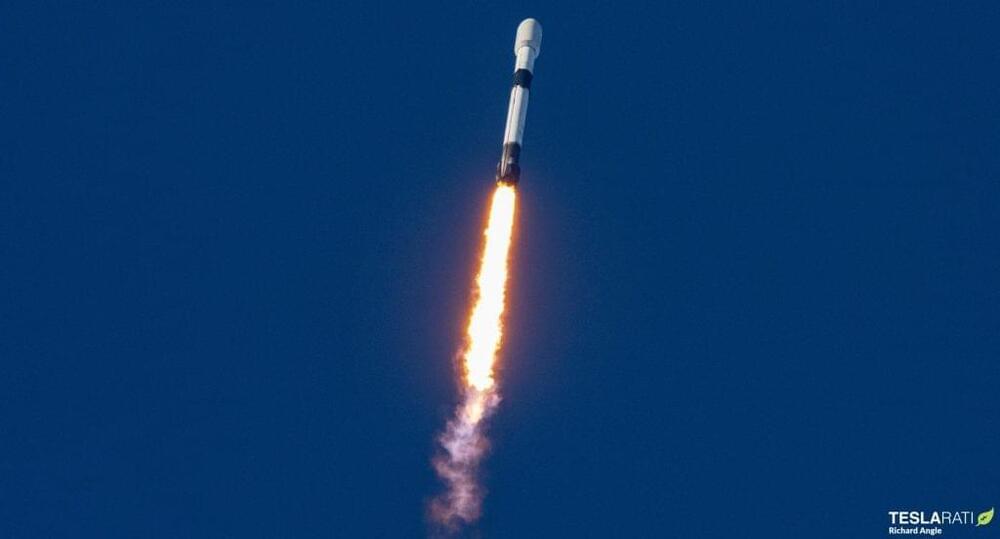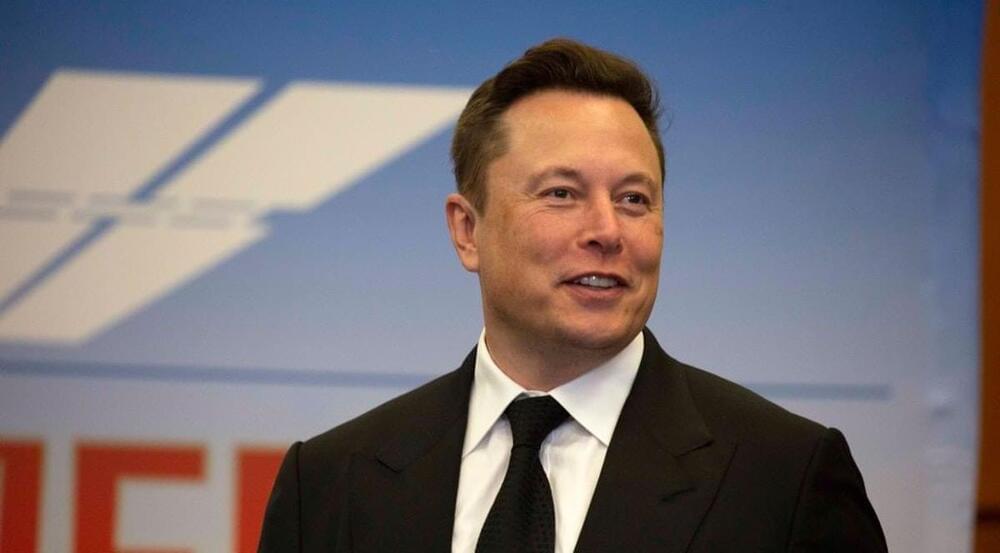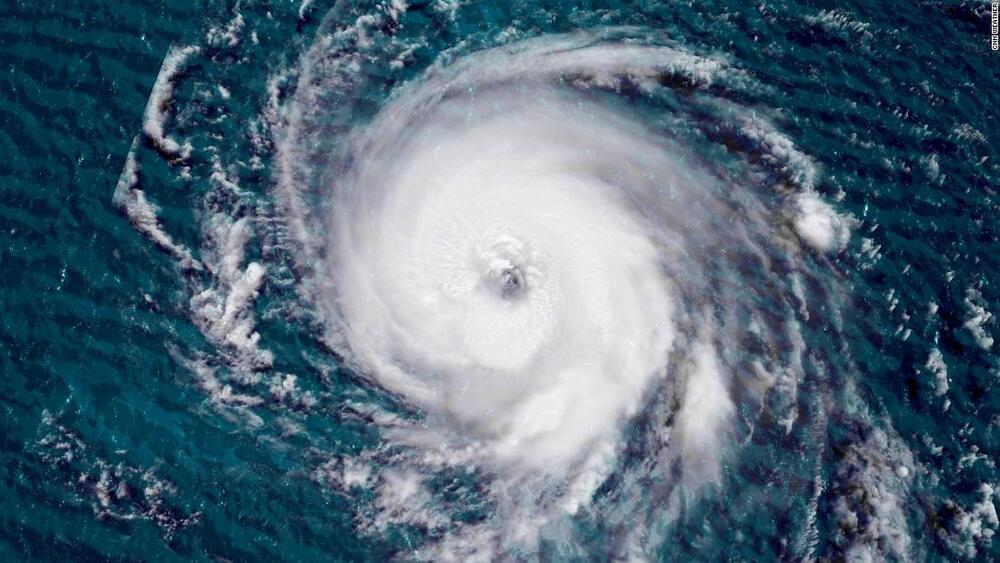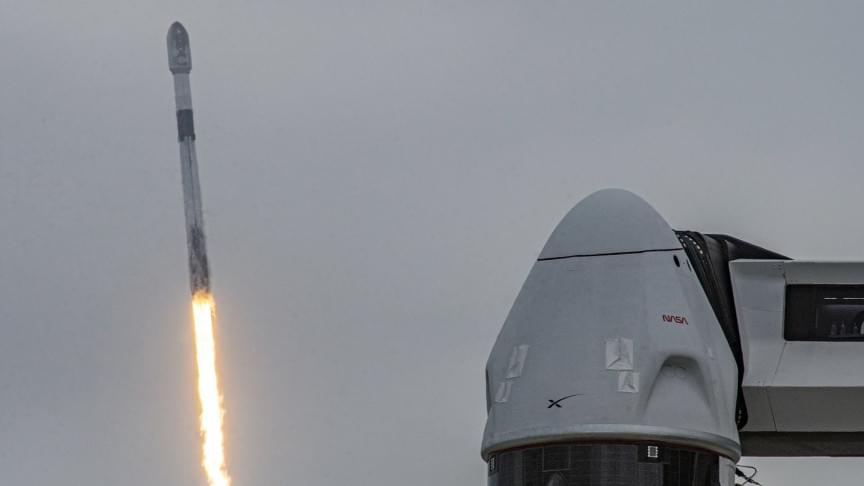Circa 2021
With SpaceX continuing the testing phase for Starship and enthusiasm spreading for an actual crewed flight to Mars, an interesting magnetic thrust rocket concept conceived by physicist Fatima Ebrahimi at the US Department of Energy’s (DOE) Princeton Plasma Physics Laboratory (PPPL) might make the mission much more cost effective.
The feasibility of safe, sustainable propulsion systems that will outperform traditional chemical-based rocket engines on deep space voyages, not only in our own solar system but someday perhaps to a distant galaxy outside the Milky Way, is foremost on astrophysicists’ minds.
Ion thrusters, once the standard mode of acceleration for imaginative sci-fi authors and now the preferred positioning engine for NASA scientists and engineers in their satellites, might have greater endurance and are a lot cheaper to operate but generate a minuscule amount of thrust for acceleration purposes. This isn’t exactly a viable option for a trip to the Red Planet where hundreds of tons of spacecraft are being moved across the heavens.






